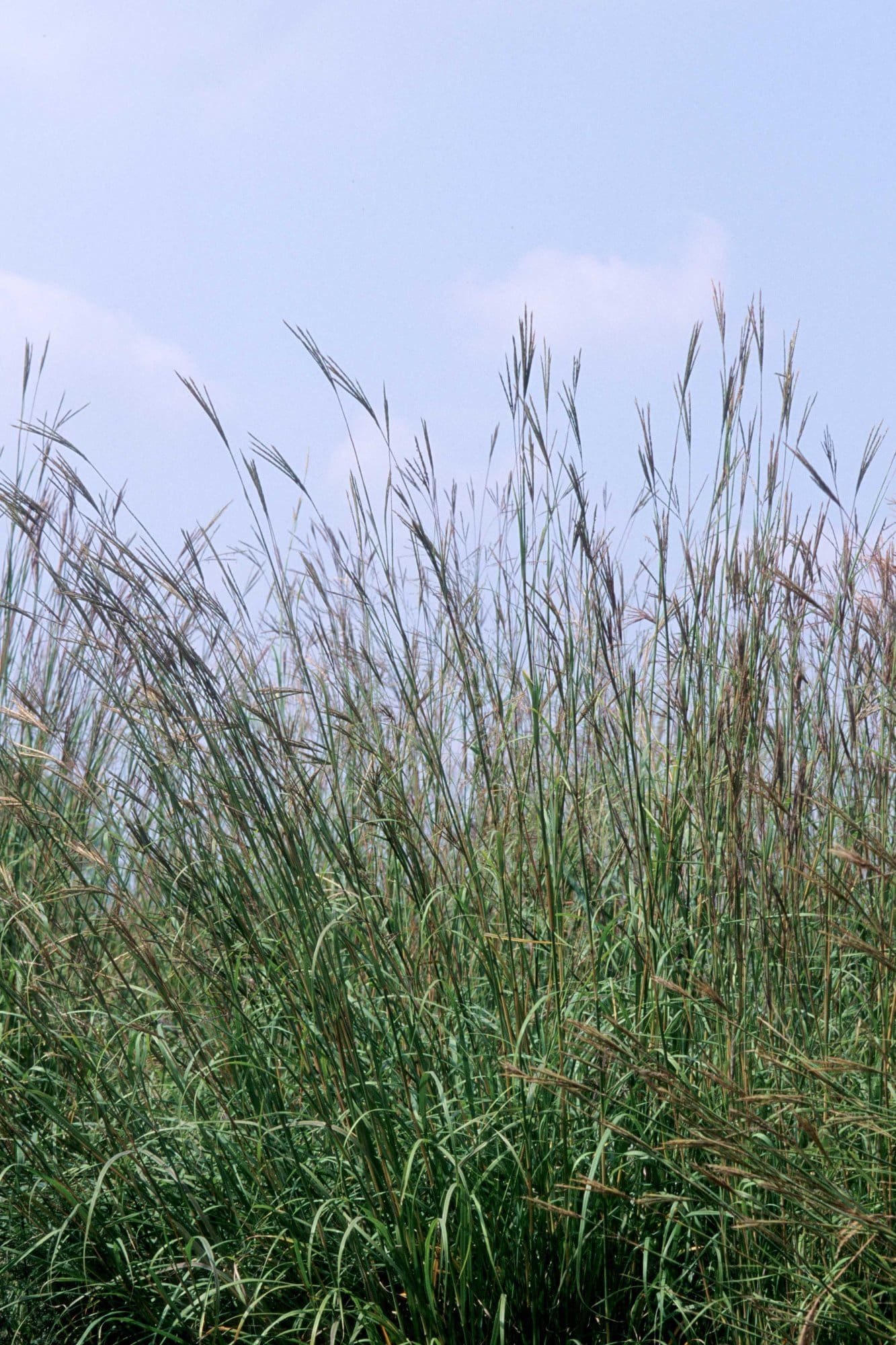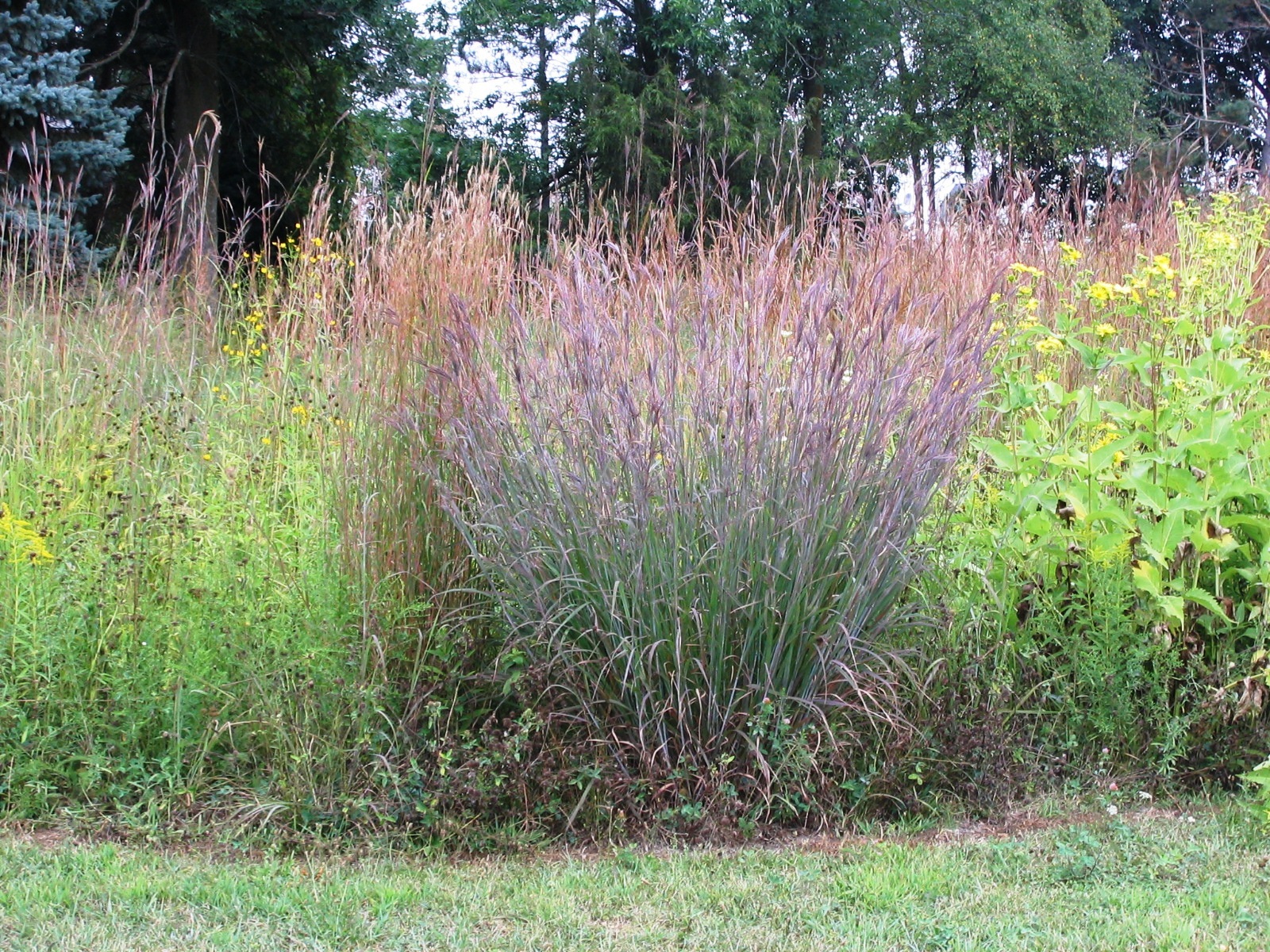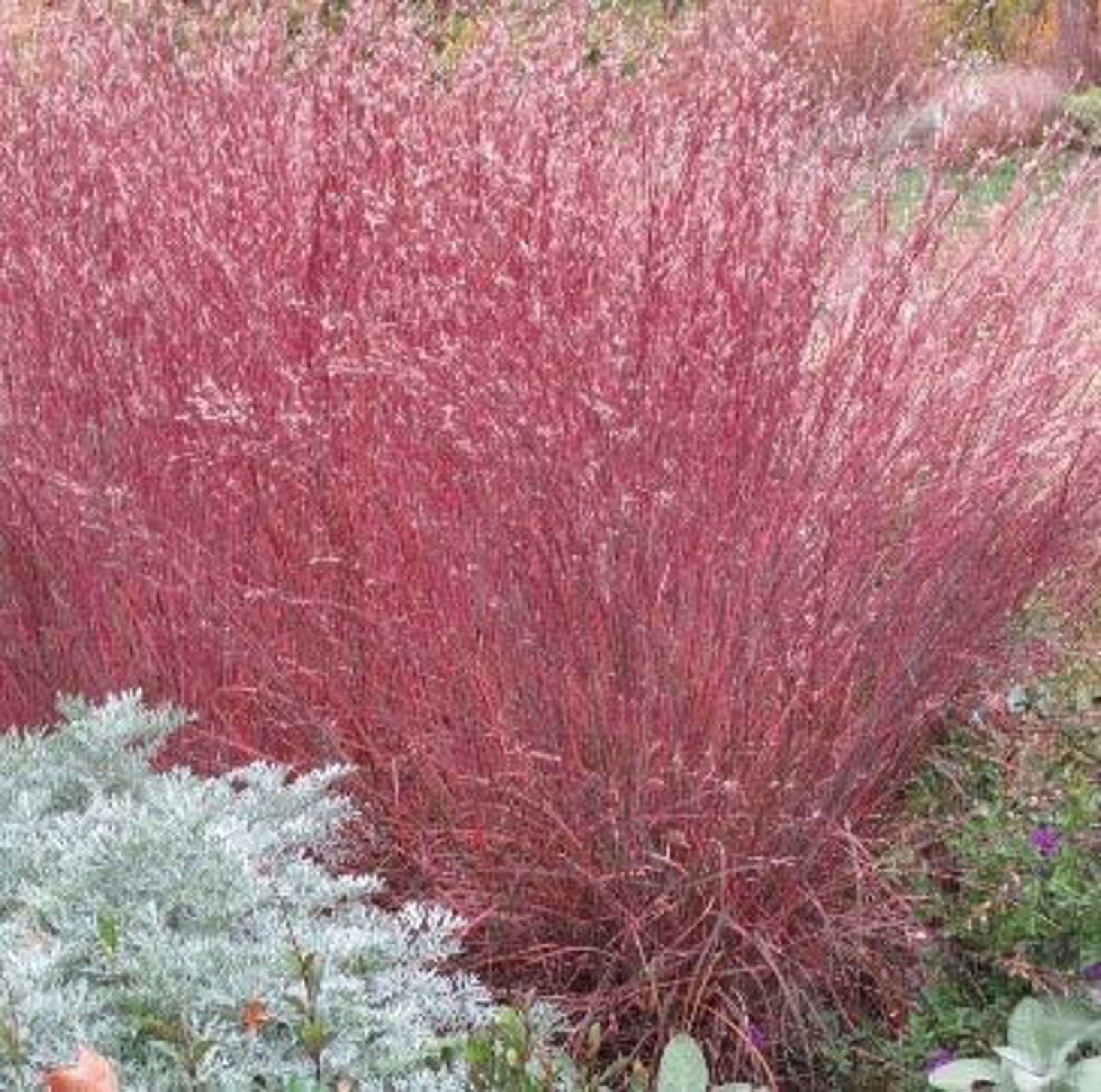

It is dominated by the Apennines, from which a few major rivers flow. Central Italy includes the regions of Tuscany, Umbria, Marche and Lazio. Northern Italy is dominated by the Alps and an extensive valley of the Po river which is extensively agricultural and industrialised. The Apennines run north-south through the peninsula connecting the Alps in the north to Etna and the Peloritani mountains in Sicily in the south. Italy consists of a 1,000 km (620 miles) long peninsula extending out into the central Mediterranean, together with a number of islands to the south and west. Geography and climate Map of the hardiness zones of Italy.įurther information: Geography of Italy and Climate of Italy Italy is predominantly hilly and mountainous in nature of the territory, which has caused a proliferation of ecological niches, close in space but very diversified. The Italian territory extends over about 10° of latitude, therefore, while remaining in the context of temperate climates without extremes of heat, cold or aridity, the climatic difference between the north and the south of the country is not at all negligible, going from the nival climates of the Alpine peaks, to the cool semi-continental temperate climate of the Po Valley, to the Mediterranean climate of the central-southern coasts and the islands.
#BIG BLUE STEM GRASS CARE FREE#
During the Pleistocene glaciations, the Italian territory remained largely free of ice, which allowed the flora and fauna to survive, something that did not happen in the central-northern areas of the continent, and the retreat of the great glaciers has left glacial relict fauna in some mountain locations. Italy is one of the richest European countries in both plant and animal biodiversity, with a population very rich in endemic forms. Italy has 1,371 endemic plant species and subspecies.īiodiversity Barbaricina columbine, endemic to Sardinia According to the index compiled by the Italian Ministry for the Environment in 2001, 274 vascular plant species were protected. Geobotanically, the Italian flora is shared between the Circumboreal Region and Mediterranean Region. Additionally, further 468 exotic species have been recorded as adventitious or naturalized in more recent times. In particular, 7,031 are autochthonous and 641 are non native species widely naturalized since more than three decades. However, as of 2019, 7,672 species are recorded in the second edition of the flora of Italy and in its digital archives Digital flora of Italy. The flora of Italy was traditionally estimated to comprise about 5,500 vascular plant species. The flora of Italy is all the plant life present in the territory of the Italian Republic. The strawberry tree, which is native to the Mediterranean region, is the national tree of Italy. Cut plants to the ground in late winter.The green leaves, white flowers and red berries of the strawberry tree, whose colors recall the flag of Italy: for this reason this bush is considered one of the Italian national symbols. Although drought tolerant, keep well watered until established.
#BIG BLUE STEM GRASS CARE FULL#
It requires full sun, at least 6 hours a day, although if you get hot afternoon sun you get a way with a little less.

Very easy to grow, it easily adapts to wide range of soil and moisture conditions. Known as “Monarch of the Prairie,” our native Big Blue Stem Grass was once the dominant grass of the Midwest tallprass prairie. Big Blue Stem looks gorgeous in natural settings and wildflower gardens. This magnificent long-lived grass can be used in a multitude of uses including screening, as a hedge, dramatic focal point, background for other perennials, planted in large containers, naturalizing, prairie restoration, and nesting materials for birds and animals. The distinctive 3-parted, finger-like flower clusters remind many of turkey feet, hence Big Blue Stem’s other common name Turkeyfoot Grass. Big Blue Stem’s purplish 3-part flowers that resemble turkey feet appear on tall 4-6′ stems that rise in late summer above the clump.

Its leaf blades emerge bluish-gray in spring, transform to green with red tinges in summer, then turn reddish-bronze with purple tones in fall. Its attractive foliage changes colors throughout the growing season making it beautiful choice as an ornamental grass. A majestic Missouri native grass, Big Blue Stem, Andropogon gerardii, filled the tallgrass prairies of the Midwest.


 0 kommentar(er)
0 kommentar(er)
